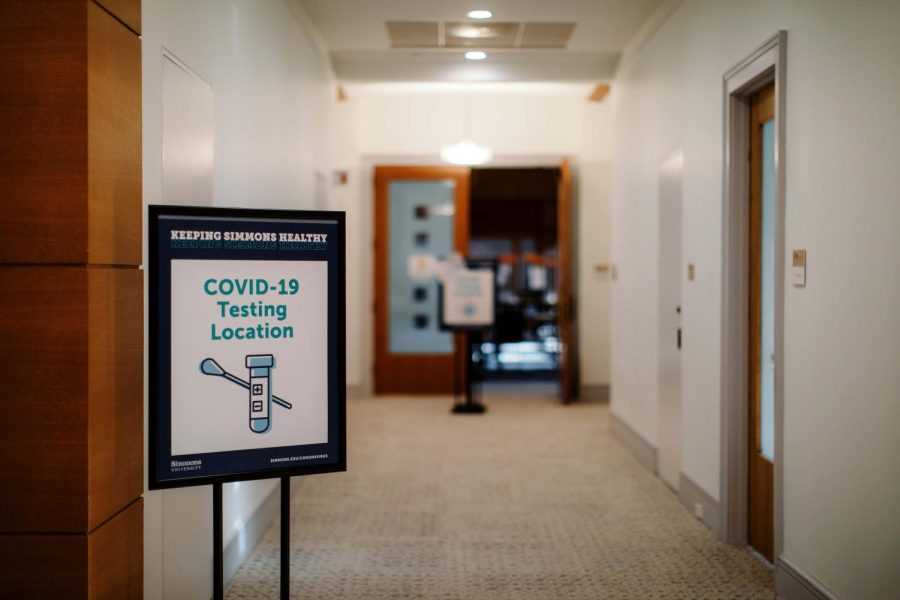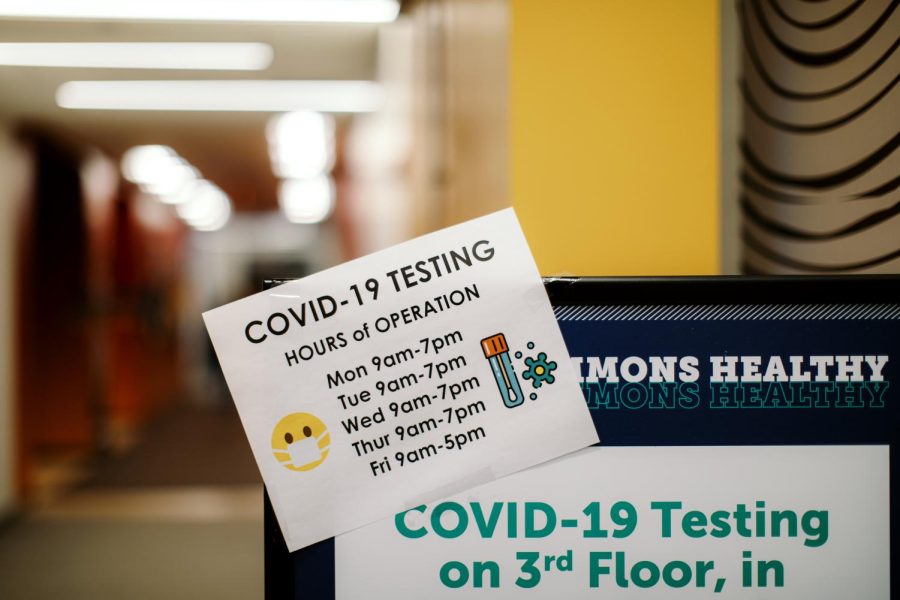By Kimberly Fahey
Randstad
In early September, President Helen Drinan talked to Kimberly Fahey, Vice-President of Global Client Solutions at Randstad, for the fifth in a series on women and technology.
KF: In a 2012 Boston Globe column, you addressed the fact that although women account for more than half of entry-level professionals in the largest American industrial corporations, they represent just three percent of Fortune500 CEOs, and less than 15 percent of corporate executives at top companies worldwide. As a two-time graduate and president of Simmons College, you wrote this about women’s colleges: “I have no doubt that these educational outlets continue to play a vital role in educating and preparing women for leadership positions, helping our nation tap into an enormous segment of underutilized talent.”
One of the advantages of a women’s college is that it’s an environment that encourages women to take risks during the course of their careers without fear of failure. “Failure,” you wrote, “can be a necessary part of the path to leadership.”
What advice can you give to women hoping to enter the challenging and male-dominated tech world? How do you approach failure and utilize it in order to enhance your career and ascend to leadership positions?
Drinan: With the rapid evolution of technology, one thing that’s become clear is that people of any age can get into the IT field. If you have an inclination at all, you should cultivate it. Join online groups, blog, foster your interest – no matter how modest you think it is.
Women also need to start to get real, hands-on experience to match their interests. Take a coding class during the summer that challenges you. Organizations like Girls Who Code are working to equip young women with the tech tools they need to succeed. You need to first identify your interest then find the tools to support it.
The industry is changing when it comes to women and technology. There are numerous organizations popping up, and Google and other companies are investing in women in technology. You need to recognize that there is support and tap into it.
You also need to find people who will encourage and support you. Your mother, your aunt, a neighbor – whoever it is, find someone that believes in you and will tell you, “You can do this.” Girls are often left to their own devices when it comes to figuring out what they’re good at. Having someone who believes in you and who can help to articulate your strengths is invaluable.
Men are taking ideas and turning them into innovative products that tech companies want to buy. Women need to take the same risks, too. The problem is, women often think that if their idea is not perfect, it’s not good. Instead, women need to feel confident enough to come up with their own ideas and stop fearing failure.
I grew up at a time when failure was anathema. Avoidance of failure means to fail at taking any type of risk. Although it’s difficult for women to take risks – we cannot learn from the sidelines. The earlier you fail the better. We often learn more from failure than success. In the end, good is often better than perfect.
Failure is okay as long as you learn from it and build toward future success. Women need to learn to self-talk through it: “What did I learn? How can I learn from this in the future?”
It’s also important to recognize that there are different types of failure. Is this a bump in the road or something with serious, long-term impact? Is this something I could have prevented? What is the risk/return trade-off?
KF: At Simmons College, there are several technology initiatives, such as the GSLIS Technology Group, which encourages students to create, manage, and produce information; not just consume it. Some projects include a podcasting service, usability lab, and digital curriculum lab.
Have you seen interest in tech degrees increase or decrease in recent years? Statistics show that over the past 25 years, the proportion of females earning tech degrees has steadily dropped from 37 percent in 1985 to 18 percent in 2009. How will this lack of females in the education pipeline affect the technology industry overall? What steps can educational institutions take to increase interest in tech-related degrees among female students?
Drinan: There is an alarming decline in the STEM strengths of our nation. At Simmons College, we, of course, support individual choice. But we also know that students self-select according to interest.
The idea that a course is mandatory, whether students like it or not, helps to advance education for subjects which students think they dislike.
For example, when our country needed to develop more citizens who could speak Russian and Chinese, tax-payer dollars supported a program that allowed students to learn these languages. This sometimes meant that students needed to go to other schools for these classes.
If we want the outcomes to be different, we must think about the model differently. Major tech companies must play a role in this as well. We must set up programs to compete at the highest level. This makes people reach to the highest levels – they do things they did not think they could do. For example, we have a professor who is using a flipped curriculum in chemistry – students work together to solve problems in class, rather than in isolation at home. This creates a powerful way for students to inspire and encourage each other – changing “I can’t do this” to “I can do this.”
Engaging alumnae is also important. Educators should be sure that students hear the stories of women who have succeeded in STEM fields, so that they can understand the challenges early on. Inviting alumnae who have built successful careers based on STEM areas to share their stories is an important way to inspire students through real-life examples.
This story is reprinted with permission. To see the full article, visit www.womenpoweringbusiness.com/women-powering-technology-part-five.

























